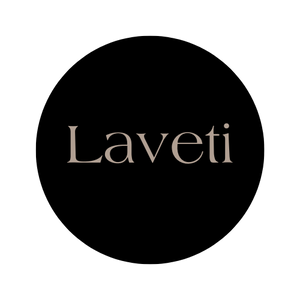Na Magimagi
In the Lau Islands in Fiji, the fibre of the coconut husk is made into magimagi. A special coconut called niu magimagi is used. The husks of the green nuts are baked in the earth oven (lovo) then beaten into a very coarse like rope or extremely fine like string.
Made only by men, before the advent of synthetic string magimagi was the most common material used for fastening, lashing and wrapping. Magimagi was particularly useful in the building and maintenance of sea-going canoes which had lashings - the ropes used to fasten the canoe - that had to be regularly maintained. Magimagi was also used to form the webbing in fishing nets - being woven in varying strengths depending on what the net was made to catch.
In some parts of Fiji, huge rolls of magimagi, called kava, used to play a very important role in the ceremonies which ended the period of mourning for a high chief.
In memory of their dead leader, local men braided giant rolls of magimagi that stood as high as 2 metres. This was meant to represent the body of the departed chief. The roll or 'body' was always crowned by a second tubular roll which functioned as a head - before it was presented at the ritual. Sometimes the kava, or magimagi 'chief', was 'clothed' with barkcloth.
The role of the kava was to stand in place of the dead chief at the presentation of gifts such as tabua, canoes and barkcloth made by other tribes - presenting these gifts signified the end of the mourning period.
The kilometres of braided cord of magimagi that was used in the roll - all in one long continuous string - may have been used previously to bind the timbers of the spirit house erected on the chief’s grave. This unusual use of magimagi to represent dead chiefs may well precede the use of wooden ancestor images in spirit houses.
Magimagi is braided from long coconut husks, preferably those of the elongated niumagimagi coconut. The way the husks are prepared depends on the grade of cord required.
Often the husks are baked in a pit-oven, then soaked in water for several days before being separated by beating with an iSamu, a magimagi (wooden mallet made from extremely dense nokonoko wood) upon a drata ni magimagi (anvil). The fibres are then dried in the sun before being braided into cord by men during long gossip sessions! In many areas the fibres are rolled on the thigh (the equivalent of spinning) before being plaited.
(Adapted: Te Papa Tongarewa Museum of NZ)
Some Words Associated with Magimagi
- drata – a tree stump fashioned into wooden anvil for beating coconut fibre upon to make into magimagi
- isamu – a wooden mallet made from vesi or other hardwood for beating coconut fibre to process into magimagi
- kava/kavani – a term to describe a bale of completed magimagi
- lalawa/lawalawa – coir binding cordage of red and black dyed magimagi coir on a house post
- Manulua – a magimagi design binding (originally from Tonga)
- Tali magimagi – an expression to mean a long chat or story telling session, drawn from the experience of men chatting and whiling away the time as they process coconut fibre into magimagi
- Veiluku – a magimagi design binding







